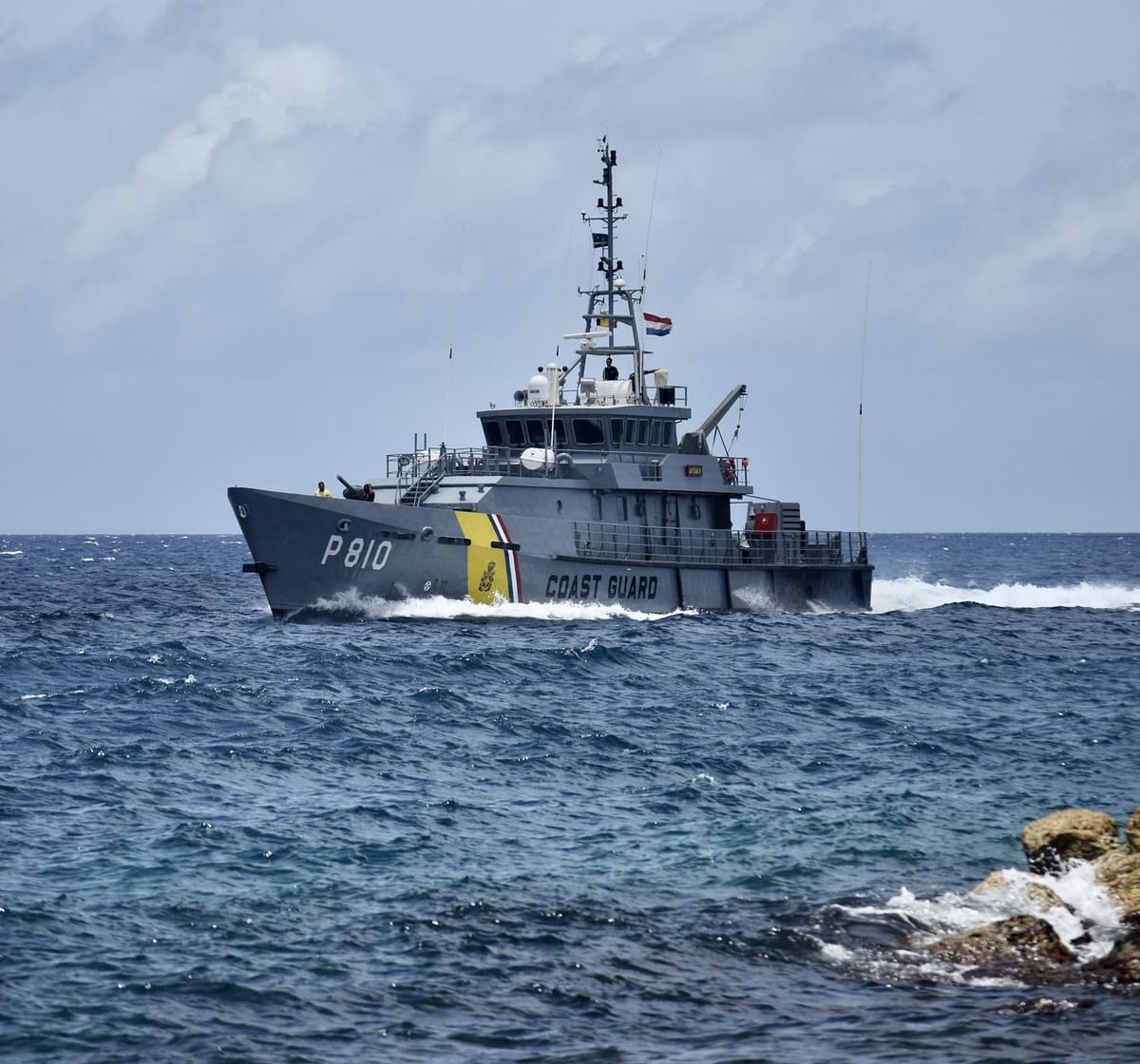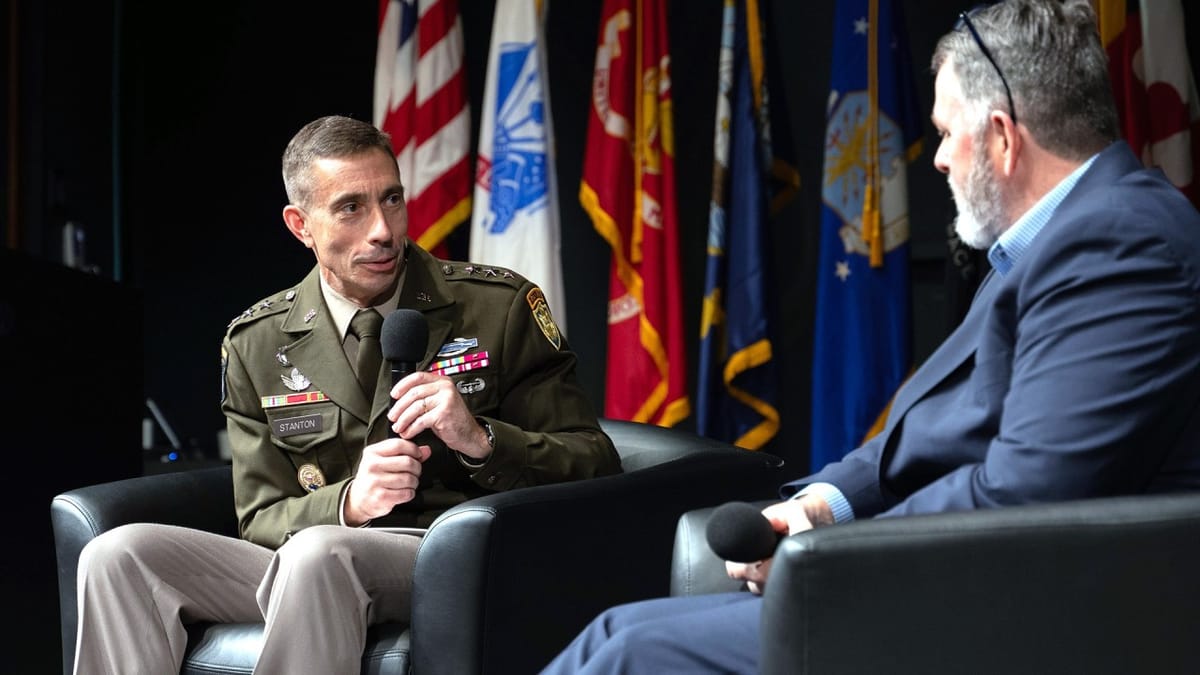U.S. Coast Guard Cyber Operations: The Forgotten Maritime Cyber Force

Overview
The U.S. Coast Guard, while often overlooked in military cyber discussions, operates one of the most unique and critical cyber missions in the federal government. As the only armed service under the Department of Homeland Security, the Coast Guard protects the $5.4 trillion Marine Transportation System (MTS) that represents approximately 25% of U.S. annual GDP and handles 90% of U.S. trade. Their cyber operations blend traditional military cyber capabilities with law enforcement authorities and critical infrastructure protection.

Coast Guard Cyber Command (CGCYBER)
Command Structure
- Official Name: U.S. Coast Guard Cyber Command (CGCYBER)
- Dual-Hatted Leadership: Commander serves as both CGCYBER Commander and Assistant Commandant for Command, Control, Communications, Computers & Information Technology (CG-6)
- Parent Department: Department of Homeland Security (unique among armed services)
- Headquarters: Washington, D.C.

Three Primary Missions
- Defend Coast Guard Cyberspace: Operate and defend the Coast Guard's portion of the Department of Defense Information Network (DODIN)
- Protect Maritime Transportation System (MTS): Secure the nation's ports, shipping lanes, and waterways from cyber threats
- Enable Cyber Operations: Conduct cyberspace operations supporting Coast Guard missions at sea, air, land, and space
Active Duty Cyber Protection Teams (CPTs)
Current Active Duty Units
- 1790 Cyber Protection Team (CPT) - First operational cyber unit, established 2017
- 2013 Cyber Protection Team (CPT) - Second active duty cyber unit
- 2003 Cyber Protection Team (CPT) - Third unit, established August 1, 2023, at Coast Guard Island, Alameda, California

CPT Mission and Capabilities
- Personnel: 39 active duty, reserve, and civilian personnel per team
- Primary Mission: Enhance MTS critical infrastructure resilience against cyber disruption
- Core Capabilities: Assess, Hunt, Clear, and Harden
- Deployment: Worldwide deployment capability for cyber operations
- Training Standard: Joint standards of the Department of Defense cyber mission force
- Interoperability: Fully compatible with other services' cyber mission force teams and DHS cybersecurity operations
Geographic Coverage
- Base Locations: Washington, D.C. area (primary)
- Operational Areas: All U.S. ports, maritime facilities, and waterways
- Deployable: Global reach for maritime cyber incidents
Reserve Cyber Forces
Recently Established Reserve Units (October 18, 2024)
- Coast Guard Reserve Unit (CGRU) U.S. Cyber Command
- Commander: Captain Ronzelle L. Green
- Personnel: 15 billets initially
- Location: Primarily operates from Fort Meade, Maryland
- Mission: Support U.S. Cyber Command joint directorates, threat assessment, and system protection
- 1941 Cyber Protection Team (CPT)
- Commander: Lieutenant Commander Nathaniel Toll
- Personnel: 39 billets
- Mission: Augment active duty CPTs in threat hunting, incident response, and assessments
- Capability: Stand ready for recall to assist in securing the MTS
Reserve Component Background
- First Cyber Reserve Units: Historic establishment as Coast Guard's first cyber-focused reserve commands
- Integration: Aligned with U.S. Cyber Command joint cyber operations
- Personnel Source: Nationwide recruitment from cybersecurity professionals in private and public sectors
- Experience Base: Many members are former active duty Coast Guard Cyber personnel now working in civilian cybersecurity roles

Auxiliary Cyber Program (AUXCYBER)
Coast Guard Auxiliary Cybersecurity Augmentation Program
- Authorization: CGCYBER Instruction 16790.1 (December 2022)
- Mission: Allow qualified Auxiliarists to augment Coast Guard cyberspace workforce
- Organization: All-volunteer civilian auxiliary members
- Size: Over 20,000 total Coast Guard Auxiliary members (cyber specialists are subset)
Cyber Flotilla 22-12
- Established: April 21, 2023
- Location: Fort Meade, Maryland (first all-remote auxiliary flotilla)
- Mission: Recruit and retain cybersecurity professionals for Coast Guard cyber missions
- Innovation: All-remote volunteer team structure
- Membership: Cybersecurity professionals from across the United States
AUXCYBER Requirements and Capabilities
Membership Requirements:
- Current Coast Guard Auxiliarist in good standing
- Basic Qualified (BQ) status minimum
- Current in Auxiliary Core Training (AUXCT)
- Favorable Personnel Security Investigation (PSI) at Direct Operations level
- Eligible for NIPRnet Enterprise Alternate Token System (NEATS) card access
Professional Qualifications:
- CISSP or equivalent certification preferred
- Framework auditing/controls assessments (NIST 800-53r5, NIST Cybersecurity Framework)
- Digital forensics and incident response experience
- Exercise development and cyber exercise participation
- Cybersecurity roles at DHS CISA, DoD, Intelligence Community, technology organizations, or critical infrastructure operators

Support Activities:
- Cybersecurity outreach, awareness, education, and training
- Support to CGCYBER and Coast Guard commands at Area, District, and Sector levels
- Assistance with cyber exercises and assessments
- Augmentation during cyber incidents and responses
Unique Maritime Cyber Mission
Marine Transportation System (MTS) Protection
- Economic Impact: $5.4 trillion annually (25% of U.S. GDP)
- Trade Volume: 90% of U.S. international trade
- Critical Infrastructure: Ports, marine terminals, shipping lanes, waterways
- Threat Landscape: 68% increase in cyber incidents against MTS in 2021
- Vulnerabilities: Port operations, cargo management systems, vessel navigation systems, terminal operations
Law Enforcement Authorities
- Title 40 Authorities: Law enforcement powers under Department of Homeland Security
- Jurisdiction: U.S. territorial waters, ports, and maritime facilities
- Coordination: Works with FBI, other federal agencies, and international partners
- Investigation: Cyber incidents affecting maritime commerce and security
Regulatory and Compliance Role
- Maritime Transportation Security Act (MTSA): Cybersecurity requirements for regulated facilities and vessels
- Deadline: 2026 compliance deadline for maritime cybersecurity regulations
- Support Services: Cyber Protection Teams assist facilities with compliance
- Industry Partnership: Collaboration with private maritime industry on cyber resilience
Education and Training Pipeline
Coast Guard Academy Cyber Systems Program
- Academic Major: Cyber Systems degree program
- Curriculum: Technical computing foundation with managerial cyber emphasis
- Internships: Summer internships at CGCYBER, U.S. Cyber Command, NSA, national labs
- Security Clearance: Most positions require clearances for advanced training
- Career Preparation: Direct pipeline to Coast Guard cyber officer positions

Professional Development
- Cyber Range: Mandatory junior summer experience for all cadets
- Cyber Team: Competition-based cybersecurity club open to all cadets
- Advanced Education: Graduates prepared for cybersecurity, information assurance, and cyber operations graduate programs
- Industry Preparation: Strong foundation for private sector cybersecurity careers
Enlisted Career Fields
- Cyber Mission Specialist (CMS): New enlisted rating for cyber operations
- Career Progression: Opportunities for command positions within cyber career path
- Training Pipeline: Joint training with other services and specialized Coast Guard cyber training
Current Status and Future Development
U.S. Cyber Command Integration
- Formal Recognition: Coast Guard petitioning DOD for formal recognition as Cyber Mission Force member
- Current Status: Individual Coast Guard members serve on Cyber Mission Force teams, primarily Cyber National Mission Force
- Benefits of Recognition: Parity with other service cyber components, enhanced funding eligibility, expanded Title 10 authorities
- Unique Value: "Who better to defend on behalf of U.S. Space Command their key cyber terrain than guardians" - recognized need for specialized maritime cyber expertise

Operational Partnerships
- CISA Collaboration: Joint threat hunting operations with Cybersecurity and Infrastructure Security Agency
- Maritime Industry: Direct partnerships with port operators, shipping companies, and maritime technology providers
- International Cooperation: Cyber threat information sharing with allied maritime forces
- State and Local: Support to state and local agencies during maritime cyber incidents
Recent Developments and Growth
- CTIME Report: Annual Cyber Trends and Insights in the Marine Environment report documenting threat landscape
- Exercise Participation: Active participation in Cyber Yankee, Cyber Dawn, Cyber Shield, and other major cyber exercises
- Threat Hunting: Proactive cyber threat hunting operations in maritime critical infrastructure
- Training Laboratory: New maritime cyber laboratory in Washington for realistic port attack simulations
Unique Characteristics and Challenges
Distinctive Mission Focus
- Dual-Domain Expertise: Combines maritime operational knowledge with cyber capabilities
- Critical Infrastructure: Responsibility for one of the nation's most economically vital sectors
- 24/7 Operations: Continuous monitoring and protection of maritime cyber terrain
- Incident Response: Rapid response capability for maritime cyber emergencies
Organizational Advantages
- DHS Integration: Direct access to civilian cybersecurity resources and intelligence
- Law Enforcement: Legal authorities other military services lack in domestic operations
- Industry Relationships: Deep partnerships with private maritime sector
- Flexibility: Able to operate under both Title 10 (military) and Title 14 (Coast Guard) authorities

Challenges and Opportunities
- Recruitment: Competing with private sector for cybersecurity talent
- Recognition: Seeking formal acknowledgment as equal cyber component
- Resource Competition: Balancing traditional maritime missions with growing cyber responsibilities
- Retention: Maintaining cyber expertise in face of lucrative private sector opportunities
Impact and Strategic Importance
Economic Security
- Trade Protection: Ensuring uninterrupted flow of international commerce
- Supply Chain Security: Protecting maritime links in global supply chains
- Port Operations: Maintaining cyber resilience of critical port infrastructure
- Economic Continuity: Preventing cyber disruptions that could cost billions in economic impact
National Security
- Maritime Domain Awareness: Cyber capabilities supporting understanding of maritime threats
- Force Protection: Protecting Coast Guard assets and operations from cyber attack
- Joint Operations: Cyber support to Department of Defense and other agencies
- Homeland Defense: Defending U.S. maritime approaches from cyber-enabled threats
Innovation and Future
- Technology Integration: Leading adoption of new technologies in maritime domain
- Public-Private Partnership: Model for civilian-military cyber cooperation
- Volunteer Force Multiplication: Demonstrating value of auxiliary cyber forces
- Adaptive Organization: Rapidly evolving to meet emerging cyber threats
The Coast Guard's cyber mission represents a unique and critical component of U.S. cybersecurity, protecting the economic lifeline of American trade while pioneering innovative approaches to civil-military cyber cooperation. As cyber threats to maritime infrastructure continue to evolve, the Coast Guard's specialized expertise becomes increasingly vital to national and economic security.













